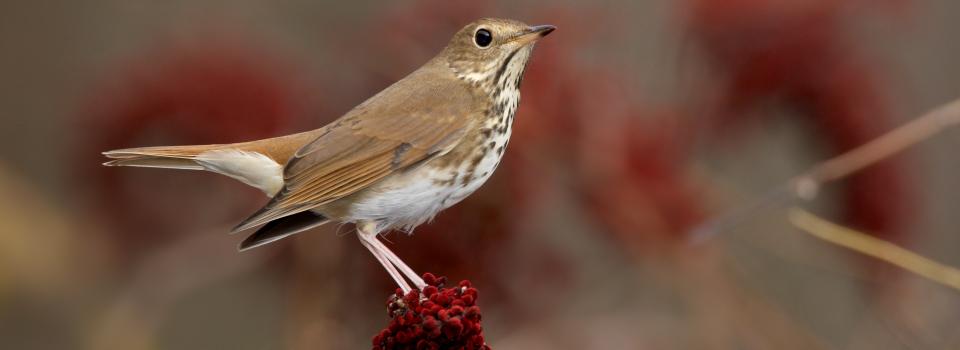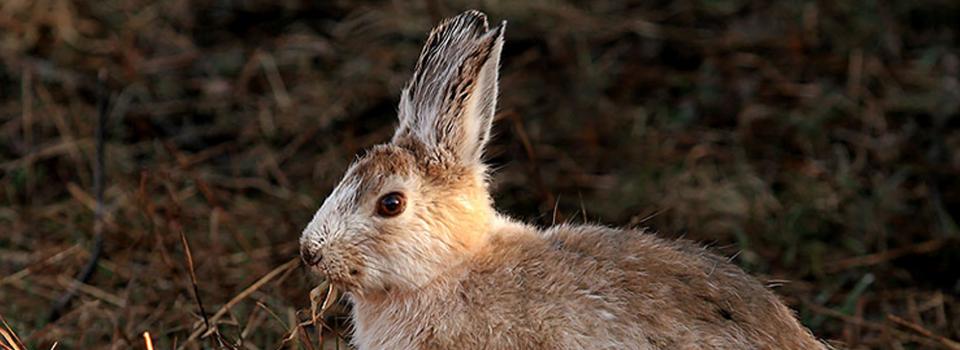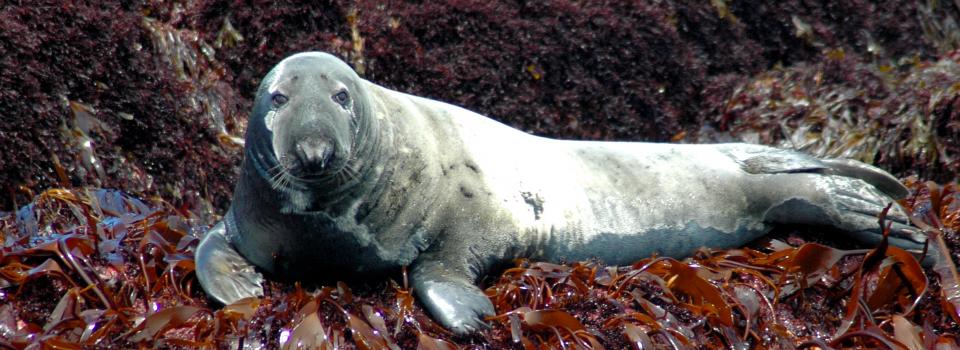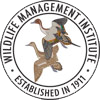
Hermit Thrush
Photo by: Robert Royse

Box Turtle
Photo by: Jonathan Mays

Snowshoe Hare
Photo by: Mike Hodgson

Timber Rattlesnake
Photo by: Kelly Wiley

Gray Seal
Photo by: Jonathan Mays








The Regional Monitoring and Performance Reporting Framework is a collaborative effort of Northeastern states, federal land management agencies, non-governmental organizations and academics. The Framework was designed to help Northeastern states meet the monitoring and performance reporting requirements of State Wildlife Action Plans (SWAPs). Action Plans assess the condition of each state's wildlife, identify the problems they face, and prescribe actions to conserve wildlife and vital wildlife habitat before they become more rare and costly to protect.
Because the Action Plans are very detailed and include extensive lists of Species of Greatest Conservation Need (SGCN), monitoring all the wildlife and associated habitats described within the plans would be an exceedingly onerous and costly task – one that far exceeds the resources available for the Action Plans themselves. With this in mind, the Northeast Association of Fish and Wildlife Agencies (NEAFWA) state directors commissioned a process to develop a monitoring framework that could be used across the region to inform decision makers and managers on how individual states are faring, as well as how the region as a whole is performing.
With funding from the National Fish and Wildlife Foundation, NEAFWA members and collaborating agencies developed this Framework to offer an effective and cost-efficient mechanism for reporting on the status of Species of Greatest Conservation Need and their habitats within each state and across the Northeast region, and the effectiveness of actions taken to conserve those resources.
Working together, the partners developed mechanisms to meet monitoring and performance reporting requirements in an effective and cost-efficient manner that allows for...
The Framework convened key state and wildlife agency representatives, steering committee members and other technical experts in two workshops in April and September 2007; the workshop presentations and products are provided below. Also provided is a survey that provided the basis for assessing the current status of Action Plan monitoring and performance reporting, and identified ongoing Landscape/System level monitoring being conducted by non-state partners in order to spur collaboration, information which was critical to the success of the Framework. This project was completed in 2008. Final products include the NE Monitoring and Performance Reporting Framework and the NE Monitoring and Performance Reporting Process Report, provided below along with the Framework Appendices.
Name: Tracey Tomajer
Organization: New York Department of Environmental Conservation: Division of Fish, Wildlife and Marine Resources
Email: tmtomaje@gw.dec.state.ny.us
Address: 625 Broadway, Albany, NY 12233-4756
Phone: 518-402-8877
Name: Jon Kart
Organization: Vermont Fish and Wildlife Department
Email: jon.kart@state.vt.us
Address: 103 South Main Street, 10 South, 2nd Floor, Waterbury, VT 05671-0501
Phone: 802-241-3652
Fax: 802-241-3295

© 2020 A Wildlife Management Institute Project